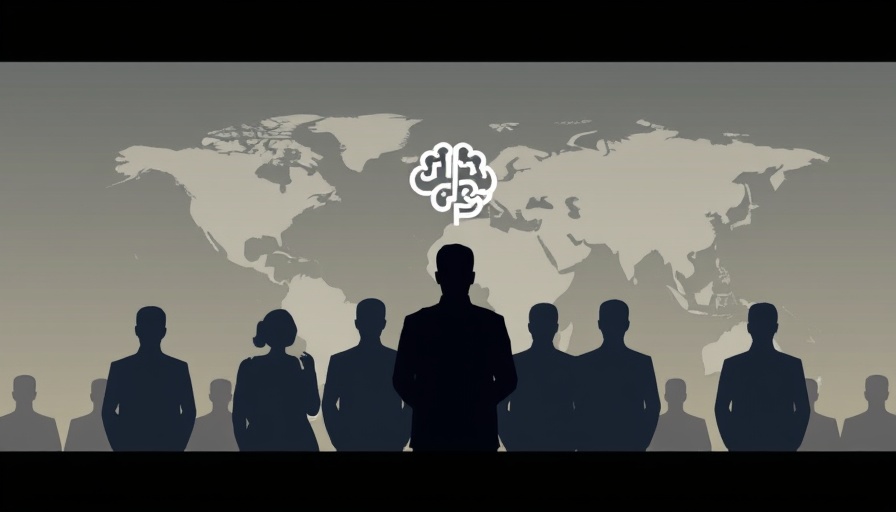
The Double-Edged Sword of AI in the Workplace
Artificial Intelligence (AI) has revolutionized workplace productivity, enabling employees to automate tasks, analyze data rapidly, and even facilitate communication. As AI tools like ChatGPT, Otter.ai, and Grammarly gain traction, it's crucial not to overlook the inherent risks that accompany these advancements. Embracing AI can enhance efficiency, but it also opens the door to significant security vulnerabilities.
Understanding the Security Landscape
While AI can streamline operations, it comes with notable security risks that users must navigate carefully. For instance, if employees share sensitive data—think client information or proprietary business insights—through platforms like ChatGPT, they inadvertently increase the likelihood of violations against privacy norms, including the stringent EU's GDPR regulations. Furthermore, failing to adequately vet what information is shared could lead to unthinkable repercussions, both for individuals and organizations alike.
Potential Risks with AI Utilization
Here are several critical categories where AI poses security threats:
- Data Privacy Concerns: Uploading documents to AI services may lead to unintended data exposure.
- Misuse of Client Information: Sharing sensitive details without careful consideration can breach confidentiality agreements.
- Dependence on AI Decision-Making: Over-relying on AI tools can result in a lack of human oversight, leading to erroneous conclusions.
- Regulatory Compliance Risks: Organizations must remain vigilant in adhering to legal standards to avoid stiff penalties.
- Exploitable AI Vulnerabilities: Just as any tool, AI platforms can be susceptible to cybersecurity threats that savvy hackers might exploit.
Historical Context and Background
In the rapidly evolving tech landscape, historical precedents reveal that both productivity enhancements and security risks have accompanied major technological shifts. Consider the emergence of cloud computing; while it improved collaboration and storage capacities, it also introduced concerns regarding data breaches. The same dichotomy now exists with AI—a powerful ally with equally powerful pitfalls. Companies from various sectors are compelled to weigh the benefits and challenges of these tools as they integrate them into everyday workflows.
The Economic Impact of Ignoring AI Risks
According to a recent survey, businesses that fail to address AI security risks can face losses that extend beyond financial figures. Reputation damage, weakened client trust, and potential legal ramifications can severely hinder organizational growth and sustainability. A proactive approach toward understanding and mitigating these risks is essential for businesses to thrive in today’s tech-centric environment.
Future Predictions: The Evolving Role of AI in Business
The trajectory of AI’s role in business suggests both expansion and enhancement of regulatory frameworks. Expect companies to invest heavily in educating employees about safe AI usage, emphasizing the importance of understanding the specific tools at their disposal. As AI continues to advance, the conversation around its ethical and secure implementation will evolve, cultivating an environment where AI is embraced responsibly.
Empowering Employees Through Awareness
To harness AI effectively without compromising security, it is imperative that educational initiatives are put in place within organizations. Employees should be equipped with knowledge about risks associated with data sharing, compliance, and the ramifications of misusing AI tools. Workshops, training modules, and information sessions can provide practical insights into safe AI practices and foster a culture of responsibility among team members.
Summing It Up: Navigating AI with Prudence
AI's impact on the workplace is profound, but embracing it must be accompanied by a commitment to security and compliance. By understanding the risks, conducting thorough training, and fostering a culture of cautious AI use, businesses can leverage technology for enhanced productivity while safeguarding their most important assets—their data and reputation.
 Add Row
Add Row  Add
Add 




Write A Comment